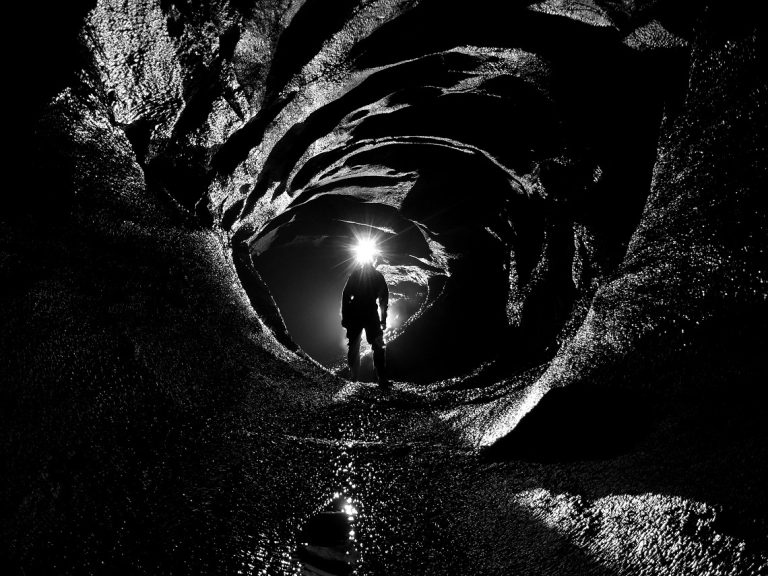In 2018, the world held its breath as the WILD BOARS JUNIOR FOOTBALL TEAM finally emerged from a cave in THAILAND after 18 days TRAPPED underground. The boys and their coach were saved by a small team of expert CAVERS, who had the NEAR-IMPOSSIBLE task of safely transporting the group more than a mile through flooded, SUBTERRANEAN passages to the surface. Three years on, British cave diver JOSH BRATCHLEY shares his EXPERIENCE of playing a key role in one of most REMARKABLE rescue efforts ever attempted and reveals how he got into the mysterious world of SPELUNKING in the first place…
Josh Bratchley’s journey to becoming one of the Thai cave rescue’s youngest divers, at the age of just 27, was not an orthodox one. He began by exploring mines in his native Cornwall while at school. But it wasn’t until university that he got seriously involved in caving.
After trying a number of extreme sports, he chose to focus on caving after finding skydiving too expensive and picking up an injury in a mountain boarding accident. By his second year, he was leading caving trips three times a week in Devon and the Mendip Hills in Somerset. Frustration at being unable to descend deeper into subterranean tunnels first got him interested in cave diving.
“A friend and I decided that all these flooded bits at the end of caves were annoying, and we wanted to get through it,” he explains. That summer, he went to Jamaica to do a diving course and when he returned to the UK, joined a cave diving club. From that point, he was hooked.
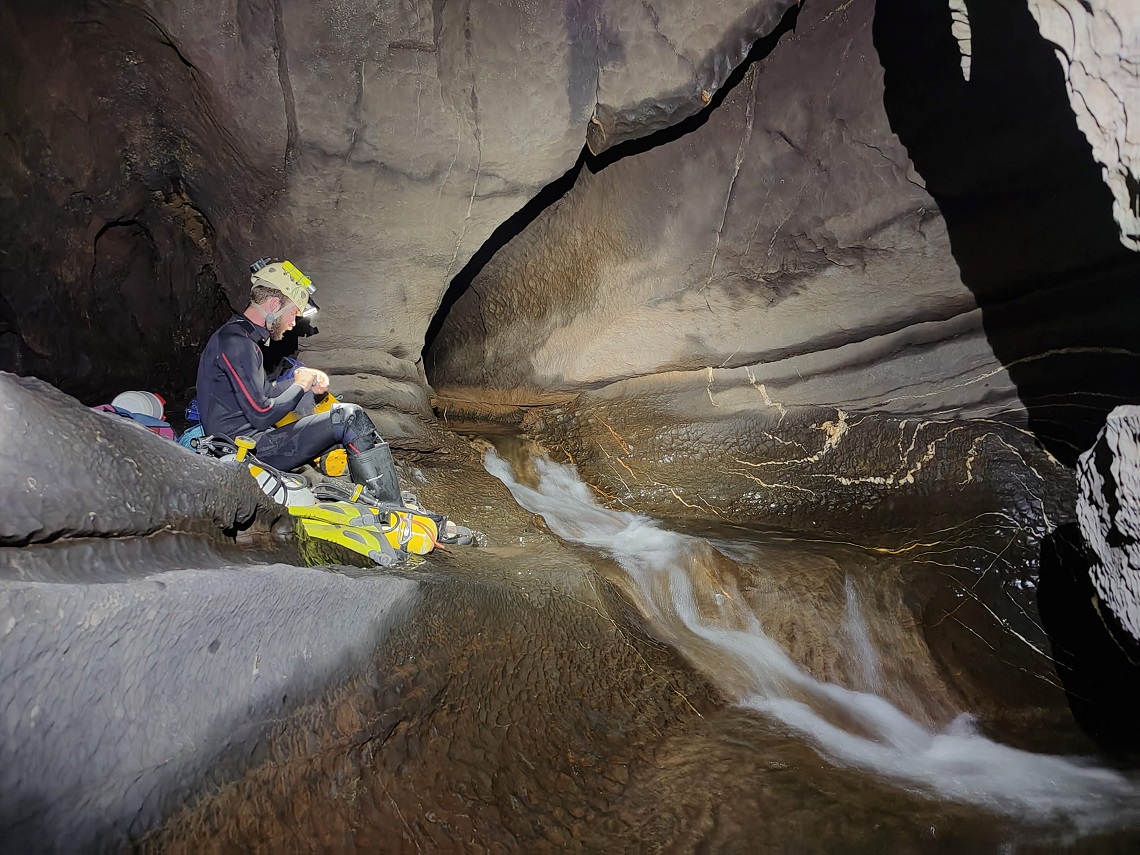
BEST OF BRITISH
Caving trips abroad soon followed, but it was the exploration of new underground tunnels and caverns that kept Bratchley enamoured with the sport. “Everywhere else in the world is mapped and photographed, either by satellite or pictures,” he says. “You can look at the top of any mountain on satellite or you can zoom in on it with a good lens, but the thing about caving is if I want to see what’s in that cave, I have to go in there and find that out for myself…”
Bratchley became accustomed to the challenging conditions in British caves; with cold water, small spaces, poor visibility, and difficult end-of-dive locations. (The reason why so many British divers were approached for the rescue of the Thai football team.) Expeditions to the Picos de Europa in northern Spain, hills of central China, and jungles of Vietnam and the Philippines took place over the succeeding years.
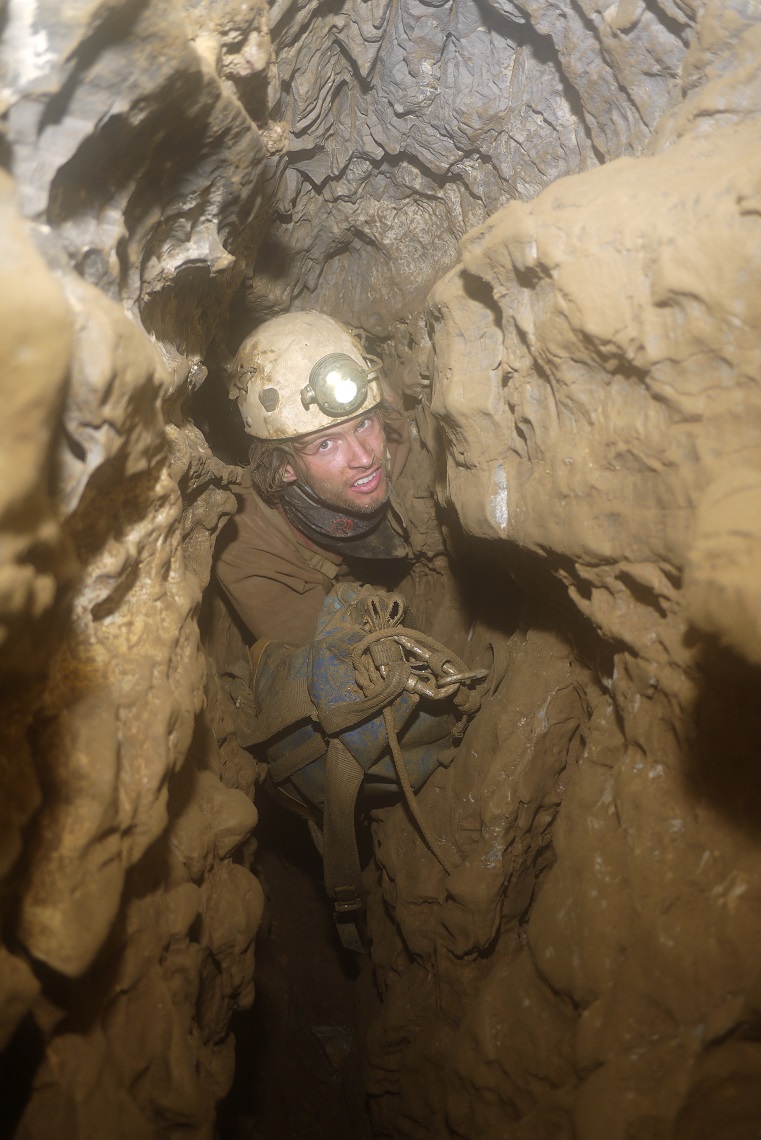
When I ask about the risks of diving underground in enclosed spaces, he takes issue with my question: “It doesn’t feel risky to me; caving can be done extremely safely,” he reasons.
“Every hobby to someone will seem dangerous. A lot of people think caving is madness, but part of that is because they can’t see what it is. A lot of people just see a hole in the ground; you either see a hole in the ground and you want to go in it, or you’re terrified of it.
“It’s easy to see people using safety equipment and succeeding at climbing. Caving is a big unknown to most people, and the obvious assumption is that it’s risky. There is an element of risk, but risk itself isn’t a major factor in why I choose to cave dive. It’s one of those hobbies, like climbing, that can be as dangerous as you want to make it. Minimising the risk is a skill and certainly something that needs to be done.”
When queried on the role fear plays in his dives, Bratchley acknowledges that it is sometimes present, and knowing how difficult a successful rescue attempt would be if something were to go wrong for him when underground, actually appeals to him.
“It feels more adventurous than a lot of other things. One of those places where if anything goes wrong, you don’t just get picked off the hill by a helicopter,” he explains. “A cave rescue becomes a mountain rescue when the person gets out of the cave. The most scared I’ve been cave diving isn’t necessarily when it was me at risk. I’ve been scared when I’ve surfaced from a dive and my partner didn’t. But the Thailand thing will forever be the most nervous I’ve been cave diving.”
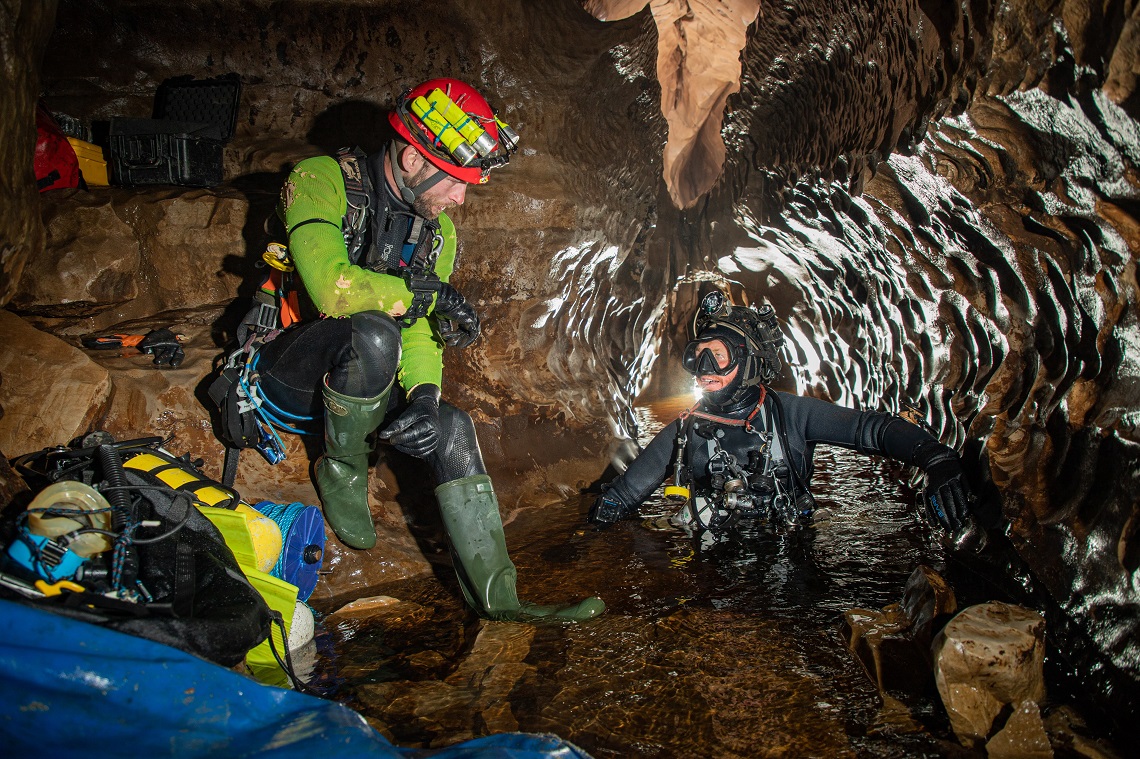
THAILAND
By the time Bratchley arrived in Thailand, news of the 12 boys and their football coach trapped deep in the flooded Tham Luang Nang Non cave system was global.
Over 10,000 people were involved in the rescue effort, including more than 100 divers, representatives from around 100 governmental agencies, almost 1,000 police officers, and 2,000 soldiers. But it was a core team of just 13 hand-picked divers, most of whom were from the UK, that was to be key in getting the boys out safely.
On arriving in Thailand, the divers were welcomed with a banner reading: ‘The World’s Best Cave Divers’, words that would be used repeatedly both during and after the rescue efforts. The enormity of the task that lay ahead of them was staggering.
Ten children with no diving experience, trapped in the ninth cavern of a system of underwater passageways, more than one and a half miles from the cave mouth. The conditions in the caves were poor, with zero visibility in mud-filled water. Added to that was the time pressure, thanks to dwindling oxygen supplies in the cavern, and the imminent start of the monsoon season, which would cause water levels to rise still further.
There was initially talk of teaching the boys to dive, but due to the complex nature of the journey along cramped tunnels, another plan was devised. A sedative would be given to the boys before the start of the dive to eliminate the risk of them panicking.
Their hands would then be tied behind their backs, to ensure they didn’t get caught in any cave features, and a cylinder and full-face mask would be used, to allow them to breathe. They would then be treated like neutrally buoyant bags, shuttled out of the cave by experienced divers while still unconscious.
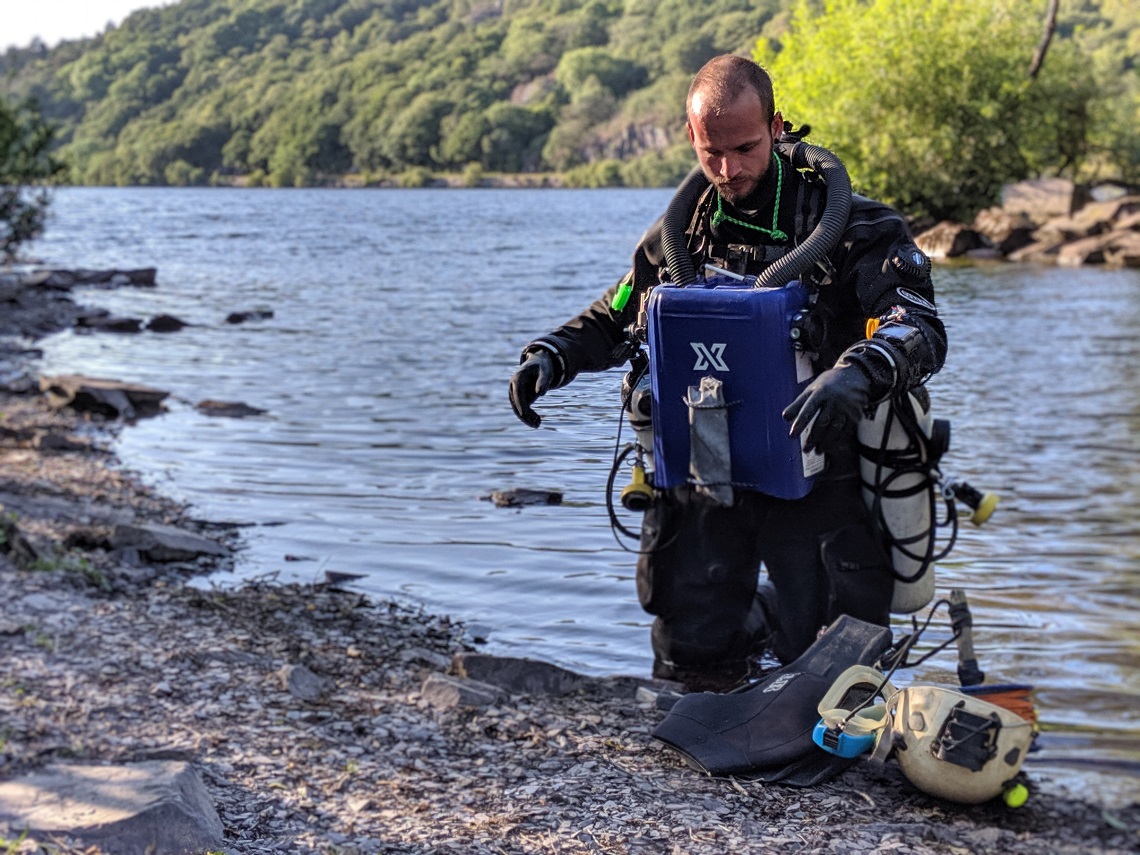
Despite the huge amount of work that went into minimising risk, Bratchley admits the team was nervous beforehand: “That kind of rescue had never been attempted before. It was entirely experimental,” he confesses.
However, treating the boys as giant bags lent itself to the skillset of British divers, who were used to moving bags of equipment like scaffold and rope around under water due to the conditions in British caves.
Four lead divers would each have responsibility for transporting one boy along almost a mile of flooded tunnels while other divers would be sectioned along the route to help shuttle the children out. The children’s breathing would be checked throughout the dive, and they could be re-sedated underwater with Ketamine if needed.
Bratchley was one of those charged with shuttling the boys along a section of the cave. He admits to fearing for the boys in the run up to the rescue: “We were responsible for those kids’ lives. If they died, it was on us. [We] had the world watching. The families were watching outside the cave. There was fear for the kids and how they would fair — and the hope that they would survive. And if they didn’t, what would happen? Would we be liable? How would we do mentally if these kids died?”
But much to the joy of those waiting on the surface and the surprise of some, the rescue was a massive success. All 12 of the Wild Boars team and their coach were brought out alive and well.
The rescue divers were heaped with praise for their efforts, but Bratchley is characteristically understated when recounting how he felt following the successful rescue. “I’m as proud of it now as I was afterwards at the time; it’s a fond memory. It was a success that the kids got out.”
And despite attending numerous awards dinners, receiving an MBE, and visiting 10 Downing Street, he says his life quickly returned to normal upon arriving back in the UK.
SURFACING
Despite the overwhelming success of the rescue, the overall experience has come with its downsides for Bratchley, who says he felt uncomfortable with the media coverage following what happened.
“I came away with the media reporting that I was one of the world’s best cave divers. We weren’t out there because we were the best, we were there because we were good in those conditions and could keep a cool head under extreme pressure,” he says.
“I was only 27 when the rescue happened. There’s no way that I could be one of the 13 best cave divers in the world at age 27! I didn’t like to have those expectations held above me. And it all kind of came to a head in Tennessee.”
In April 2019, less than a year after the rescue in Thailand, Bratchley hit the news again after he failed to return to the surface while cave diving in Jackson County, Tennessee. Media from around the world reported that he had to be rescued after becoming trapped for 28 hours in a flooded cave.
The incident happened while a team of British divers, including Bratchley, explored a 120m cave system and he lost the guideline, used as a way of returning safely to the surface in low-visibility conditions. Bratchley admits that despite the story hitting the news “like wildfire”, it wasn’t as exciting as articles would lead you to believe.
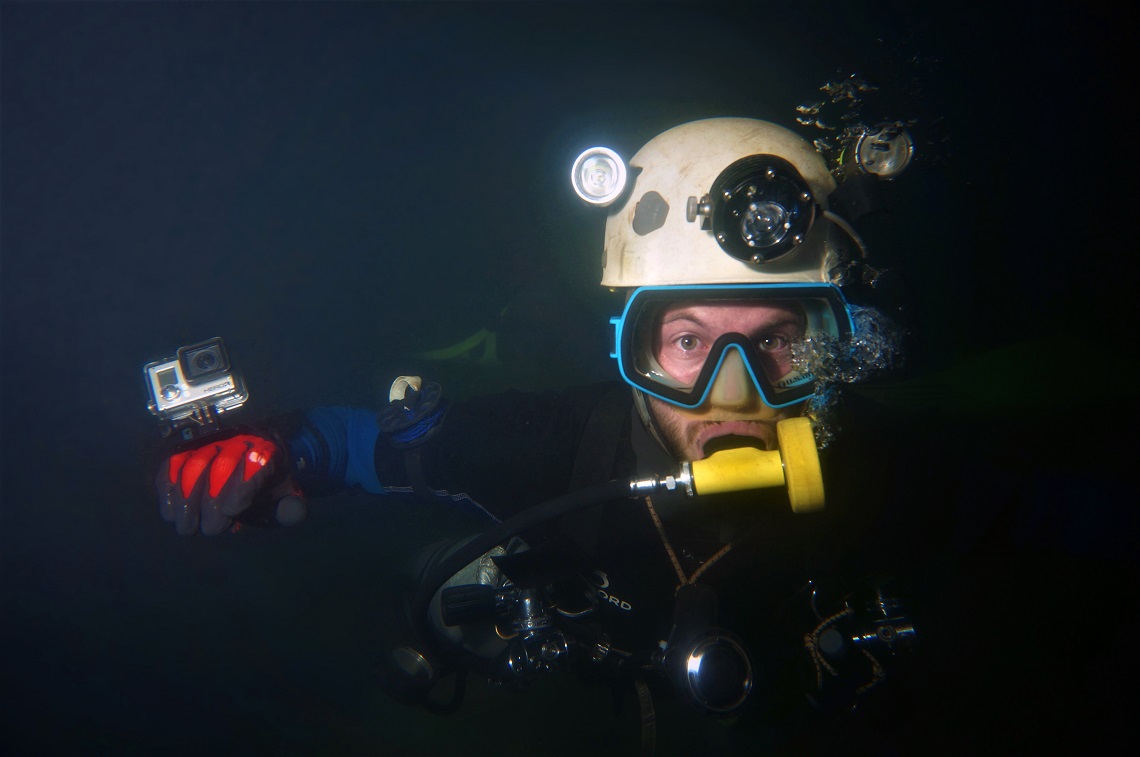
“There was nothing particularly special about the Tennessee rescue,” he asserts. “I made a mistake while diving. Every cave diver I know makes mistakes, but mine just happened to come at a bad time when caving was in the news. The reason I’m not dead is because I stayed calm during the incident.
I’d saved a load of air, and I had a plan to escape once the visibility settled down. But before I had a chance to, a rescue diver turned up.”
After entering the cave, it took only an hour for a rescue team to get Bratchley back to the surface, with no additional oxygen needed as he had some spare. Despite the unremarkable nature of the rescue, the story was covered extensively around the world. And although Bratchley received praise by rescuers for his composure, outlets were quick to focus on his only request upon exiting the cave: that he wanted a pizza.
Bratchley is fatalistic when looking back at the escape: “It’s not wildly uncommon. Cave rescues happen a lot, but only after Thailand did they start hitting the news. Cave divers make mistakes. Occasionally they survive, and the rest of the time they don’t.”
Looking ahead, the diver has no plans to slow down. Expeditions to northern Spain, the Philippines, China, and a return visit to the US are all future projects which Bratchley is targeting. Ultimately, he says, it’s the unrivalled adventure that keeps pulling him back to caving.
“Some caves are hours and hours of caving but often there’s a journey you are going on. Everything about it is unique to you and your experience doing it. There are very few opportunities in this world to see things and make footprints where no one else has ever done so. You have to work for that and there’s a reward at the end.”
Who’s Writing?
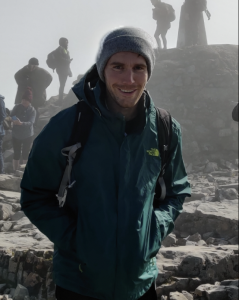 Will Paige is a freelance journalist and writer with a passion for travel and the outdoors. A keen climber, surfer and cyclist, he recently cycled from John O’Groats to Land’s End via the three peaks. Last year he took up open water swimming and is taking part in his first Ironman next year
Will Paige is a freelance journalist and writer with a passion for travel and the outdoors. A keen climber, surfer and cyclist, he recently cycled from John O’Groats to Land’s End via the three peaks. Last year he took up open water swimming and is taking part in his first Ironman next year



